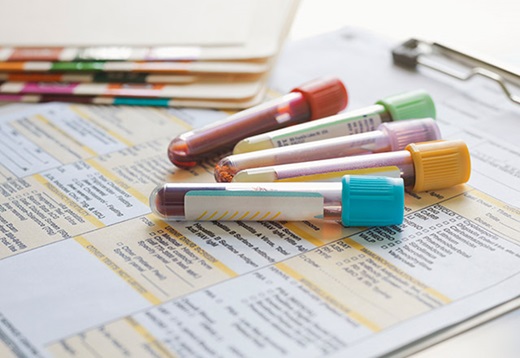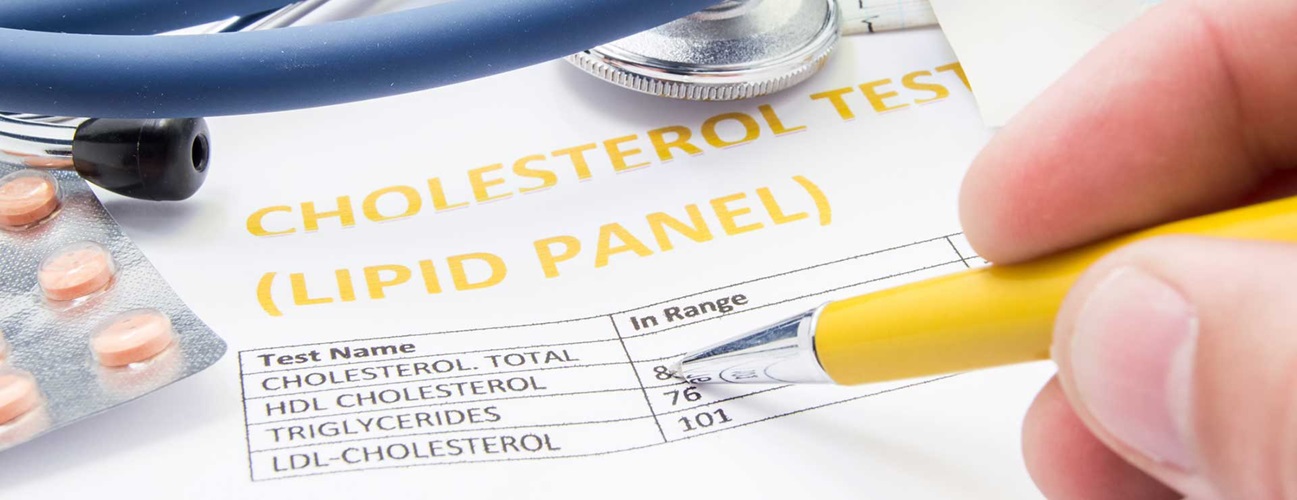Calculating Your Cholesterol
Your cholesterol numbers are an important factor in assessing your risk of cardiovascular disease, but the standard way they’re determined doesn’t always provide the most accurate assessment. Johns Hopkins researchers have developed a better way to calculate more precisely the level of so-called bad cholesterol, known as low-density lipoprotein (LDL) cholesterol.

“The traditional way of measuring LDL cholesterol too often underestimates it,” says Johns Hopkins cardiologist Steven Jones, M.D. This means that some high-risk patients need more aggressive treatment than they may be receiving.
Understanding Cholesterol Basics
Cholesterol is a waxy substance that circulates through your body and takes part in some beneficial functions such as cell membrane health and brain function. Low-density lipoprotein (LDL) cholesterol is the garbage left behind after the beneficial cholesterol has been used. This is the “bad” cholesterol we want to get rid of. Too much LDL cholesterol can build up in artery walls, contributing to the formation of plaque, the deposits that harden and narrow the arteries. This sets the stage for a possible future heart attack or stroke.
Cholesterol doesn’t float freely in the blood—it must be carried by lipoproteins, particles formed in the liver that are made of fat and protein. There are several types, including high-density lipoprotein (HDL), which helps remove cholesterol from the arteries and prevent fatty buildup, and various non-HDL lipoproteins, which in excess are linked to artery damage, heart disease and stroke. These include intermediate-density lipoprotein (IDL), LDL and very-low-density lipoprotein (VLDL).
Research Shows Not All LDL Cholesterol Is Alike
Nearly one in four people found to have LDL cholesterol in the “desirable” level through the traditional calculation method actually may have needed more aggressive treatment, according to a study at the Johns Hopkins University School of Medicine published in 2013 in the Journal of the American College of Cardiology. The newer way of calculating LDL cholesterol, which the same researchers reported in the Journal of the American Medical Association later that year, provides a more individual and accurate assessment of risks.
Measuring Cholesterol
A simple blood test called a lipid panel is used to measure total cholesterol, HDL cholesterol and triglycerides, another type of fat molecule. Also included is LDL cholesterol, which is normally estimated rather than directly measured, since its direct measurement is more difficult. To calculate LDL, labs have traditionally used a formula known as the Friedewald equation, a more expedient way to assess LDL compared with actually measuring it, which involves a cumbersome and expensive process called ultracentrifugation.
A More Accurate Measurement Tool
The traditional Friedewald equation estimates LDL cholesterol this way: total cholesterol minus HDL cholesterol minus triglycerides divided by five. For simplicity’s sake, the formula applies a one-size-fits-all factor of five to everyone. But Johns Hopkins researchers found that this often makes LDL cholesterol appear lower than it really is for some high-risk patients. The researchers sought a more accurate formula that would take into account specific details about a person’s cholesterol and triglyceride levels.
Using a database of blood lipid samples from more than 1.3 million Americans—almost 3,000 times larger than the one used to develop the Friedewald equation — Johns Hopkins researchers developed a more accurate system for calculating LDL cholesterol. It can be used to make more precise decisions about treatment to prevent heart attack and stroke.
This newer LDL cholesterol formula is being adopted by U.S. laboratories as well as others around the world. The best implementation is direct coding the LDL cholesterol estimation in the lab IT system, which automates the process and saves clinicians time. The formula is also available as a mobile device app called the LDL Cholesterol Calculator. It is available on the iTunes App Store and on Google Play, for those whose lab hasn’t adopted it.
Researchers hope the new formula will one day be adopted by all labs that process lipid panels, as it can improve patient care.
Definitions
Arteries (are-te-rease): The blood vessels that carry oxygen-rich blood away from your heart for delivery to every part of your body. Arteries look like thin tubes or hoses. The walls are made of a tough outer layer, a middle layer of muscle and a smooth inner wall that helps blood flow easily. The muscle layer expands and contracts to help blood move.





